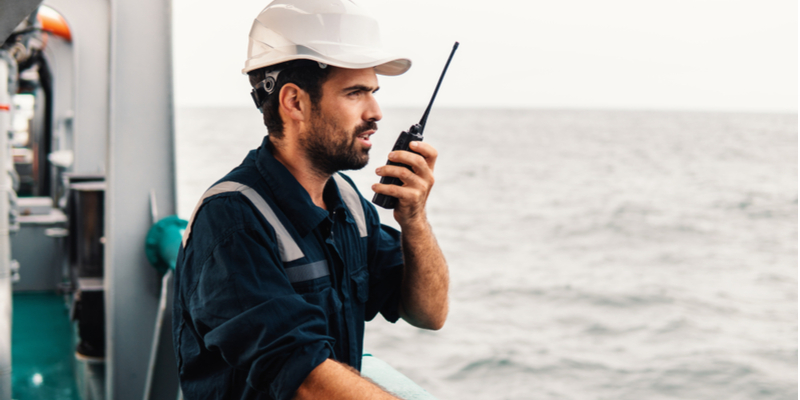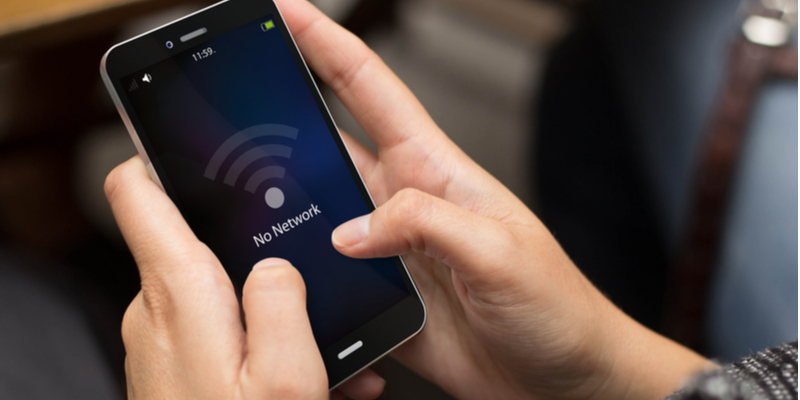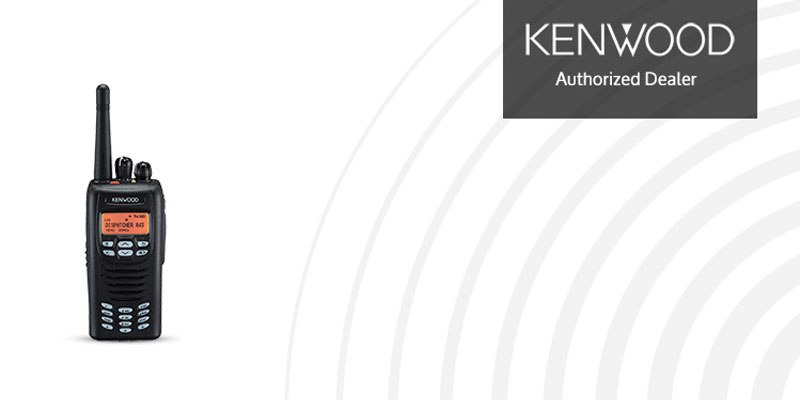AHJ stands for the Authority Having Jurisdiction and plays an important role in ensuring the safety of your building. It’s paramount that facility managers are clear about what the AHJ is and the role that they play all throughout the life of a building.
Who Is the AHJ?
As opposed to a single entity, the AHJ is comprised of several different agencies. These agencies change depending on the jurisdiction your building resides in, as well as the type of facility you operate, and who “owns” the facility.
For instance, you may be visited by the fire marshal as well as a host of other people who are considered as “the authority having jurisdiction.” All of these people will inspect the property to conduct checks on overall safety in regard to fire, life and electrical safety programs.
NFPA codes classify the AHJ as “an organization, office, or individual responsible for enforcing the requirements of a code or standard, or for approving equipment, materials, an installation, or a procedure.”
In the annex of codes, this definition is further added to:
“Where public safety is primary, the AHJ may be a federal, state, local, or other regional department or individual such as a fire chief; fire marshal; chief of a fire prevention bureau, labor department, or health department; building official; electrical inspector; or others having statutory authority. For insurance purposes, an insurance inspection department, rating bureau, or other insurance company representative may be the AHJ.”
This statement reinforces the fact that the AHJ is typically far more than just an individual entity. Instead, it is viewed as a collective force of representatives from a local government. The AHJ could work for the state or a federal agency, in some cases they come from the private sector, for instance when it comes to insurance.
A hospital would be subject to visitation from a number of AHJs, including:
- Building department and fire department (local government)
- The state fire marshal and state health department (state government)
- Insurance company, accreditation organizations or third-party certification (private sector)
As you can see, all of these players come from different sectors and are focused on unique areas within a building. It requires knowledge of fire code, plumbing systems and electrical systems, just to name a few, to ensure the overall safety of a building.
One Rule for All
The AHJ will not make up rules or bend the laws for any facility. Instead, fire marshals and AHJs are there to enforce locally adopted codes and standards in their jurisdiction. Once these standards are put into place, they become the de facto “law” for that jurisdiction.
At the time, it might feel like a bunch of hoops to jump through, but at the end of the day, the AHJ is there to protect the owner, first responders, building occupants, and overall community. They are simply there to help carry out policy and code. Typically involved in the plan review process, the AHJ essentially works as an ally to the building owner.
The goal of the process is to make sure that the building meets all requirements in terms of construction, architecture and so forth.
A tricky part of the process is figuring out which code is applicable on a case-by-case basis. Some states and local jurisdictions lag behind when it comes to adopting the most recent code. In addition, a code may be adopted on a state level but not yet on a local level. This is where the AHJ becomes your ally, helping you to understand what is required.





